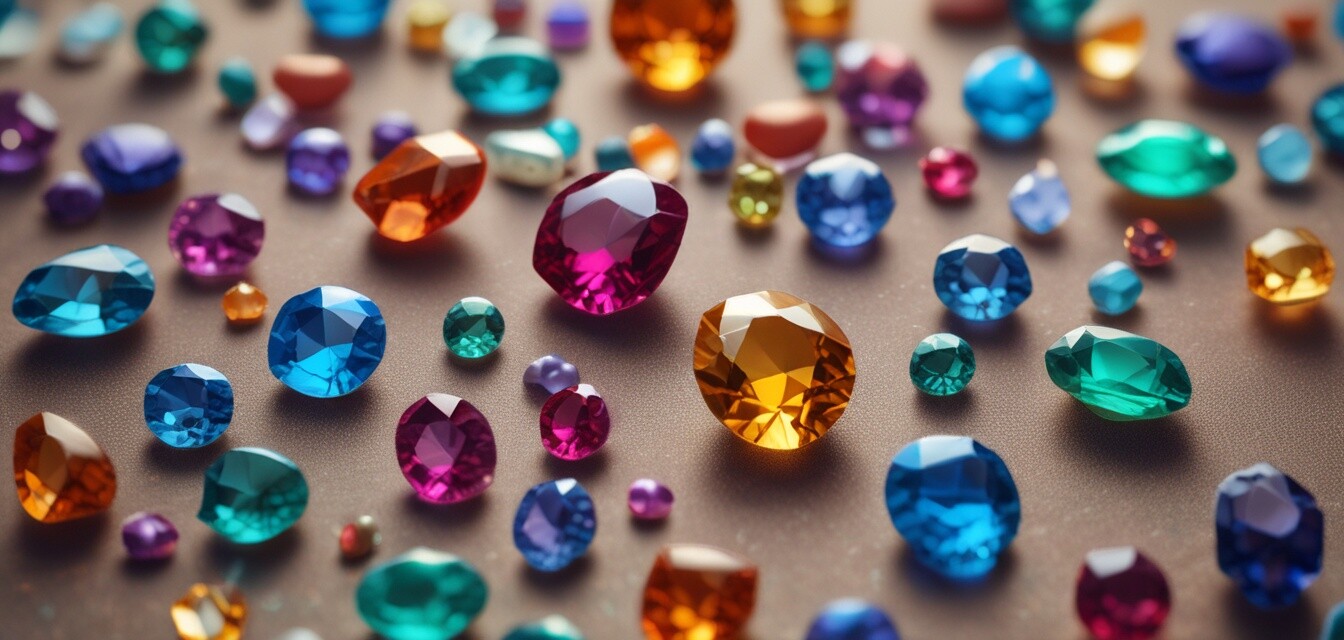
The Role of Color Theory in Jewelry Design
Key Takeaways
- Color theory plays a crucial role in jewelry design, influencing aesthetics and consumer behavior.
- Understanding color palettes can enhance the appeal of jewelry items.
- Popular color combinations can elevate the emotional connection consumers have with jewelry.
- Use of complementary colors can make pieces stand out and attract more attention.
- Creating harmony through color can improve the overall design quality of a jewelry collection.
Color theory is a fundamental principle in jewelry design, affecting not only how pieces look but also how they make us feel. By understanding color theory, designers can create pieces that resonate with their audiences, evoke emotions, and influence purchasing decisions. In this article, we will explore the impact of color in jewelry design and examine popular palettes and combinations that capture attention and enhance the overall aesthetics.
Understanding Color Theory
At its core, color theory encompasses the concepts of color relationships and how colors interact with one another. It involves the color wheel, which categorizes colors into primary, secondary, and tertiary categories.
Color Wheel Breakdown
| Color Type | Description |
|---|---|
| Primary Colors | Colors that cannot be created by mixing. These are red, yellow, and blue. |
| Secondary Colors | Create by mixing two primary colors. These are green, orange, and purple. |
| Tertiary Colors | Formed by mixing a primary color with a secondary color. |
Color Combinations in Jewelry Design
Jewelry designers often use color combinations to create stunning visual impacts. Let’s take a look at some popular color schemes in the industry:
Complementary Colors
Complementary colors are opposite each other on the color wheel. When used in jewelry, they can create striking contrasts.
- Red and Green
- Blue and Orange
- Purple and Yellow
Analogous Colors
Analogous colors are next to each other on the wheel and provide a harmonious look.
- Blue, Green, Turquoise
- Yellow, Yellow-Orange, Orange
- Red, Red-Pink, Pink
Monochromatic Colors
This scheme uses variations of one color, offering depth and contrast to a design while maintaining a cohesive look.
Different shades of blue, for instance, can produce a sophisticated appearance in necklaces and bracelets.
The Psychology of Color in Jewelry
The color of a piece of jewelry can evoke specific emotions and convey meanings. Understanding this psychological aspect can significantly enhance a designer's approach.
Emotional Associations
| Color | Emotion/Association |
|---|---|
| Red | Passion, energy, action |
| Blue | Calm, trust, stability |
| Green | Nature, tranquility, renewal |
| Yellow | Happiness, optimism, warmth |
| Purple | Luxury, ambition, creativity |
Color Trends in Jewelry
Staying updated with color trends is essential for designers to appeal to current consumer preferences. Some prevalent trends in jewelry design include:
- Earthy tones are making a comeback, connecting jewelry to nature.
- Bold, vibrant colors that attract attention are on the rise.
- Pastels for a softer, more subtle aesthetic.
Conclusion
Incorporating color theory into jewelry design not only enhances the aesthetic value of the pieces but also influences consumer choices and connections. By understanding how colors work together and what emotions they evoke, designers can create jewelry that resonates deeply with their audience.
Tips for Jewelry Designers
- Experiment with different color combinations to find what's most appealing.
- Consider the emotional impact of colors and how they relate to your target audience.
- Stay informed about color trends to keep your designs fresh and relevant.
Pros
- Enhances aesthetic appeal of jewelry pieces.
- Influences consumer purchasing decisions.
- Allows for creative expression in designs.
Cons
- Following trends may lead to outdated designs.
- Color choices can be subjective and vary among individuals.
For more insights on jewelry design, visit our Expert Insights category. To explore more about the purchasing process, check our Buying Guides page.